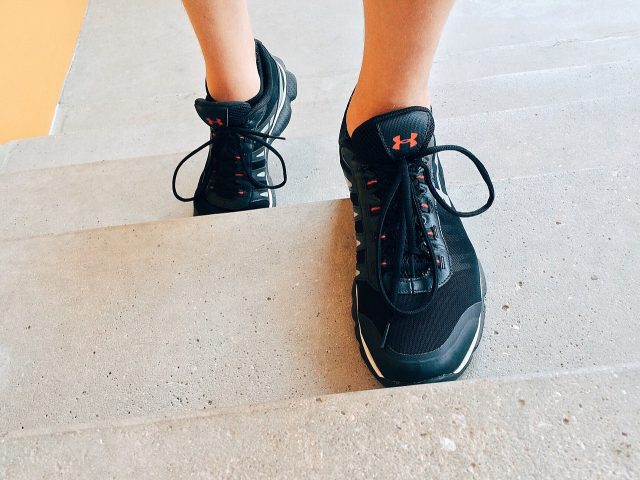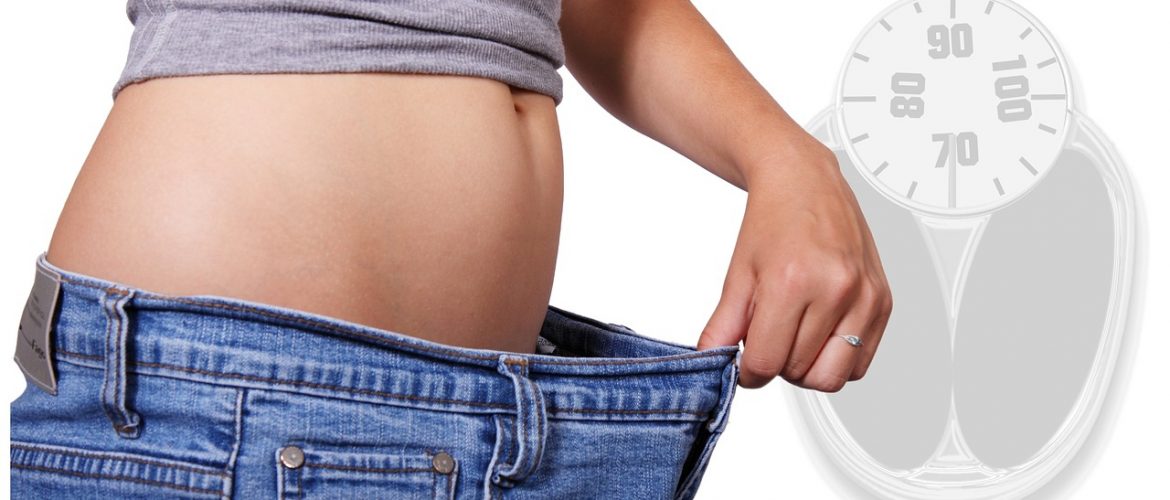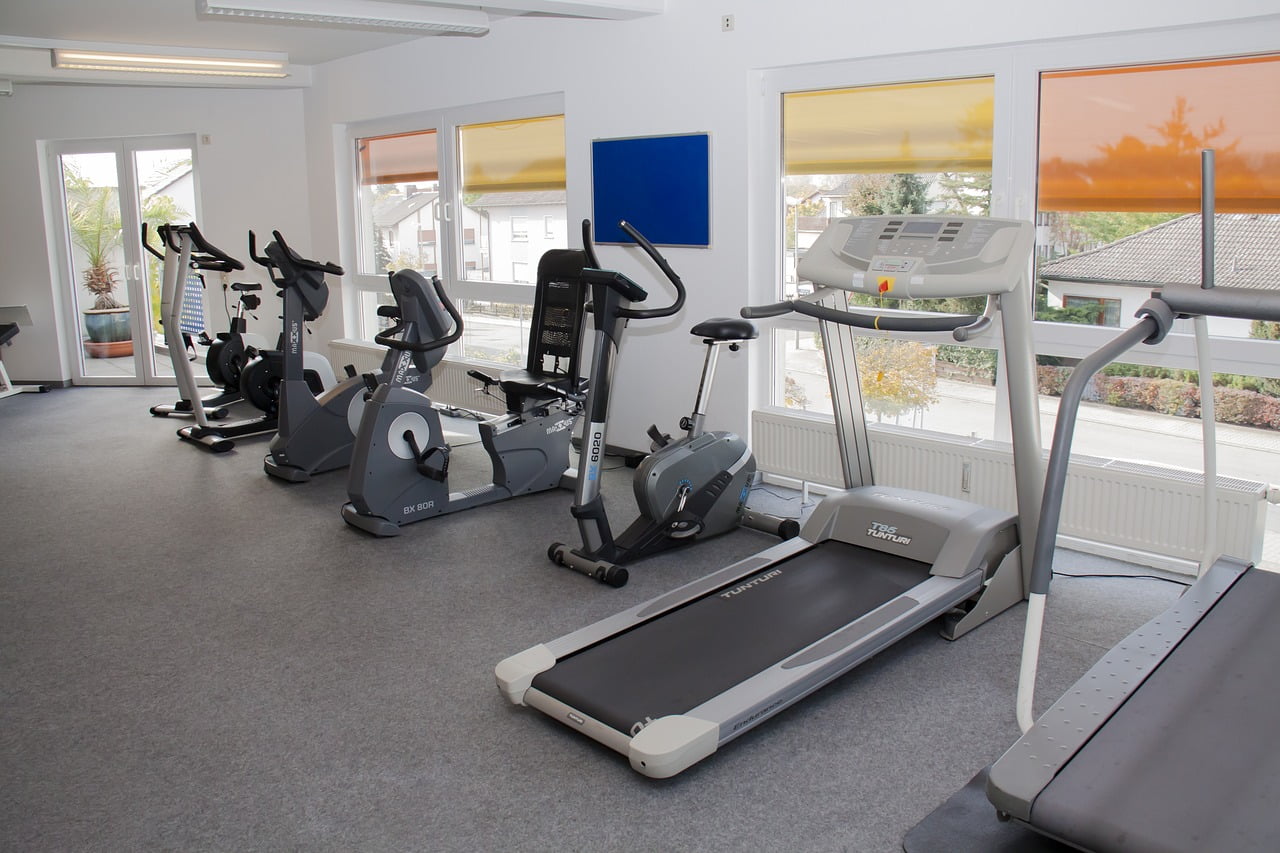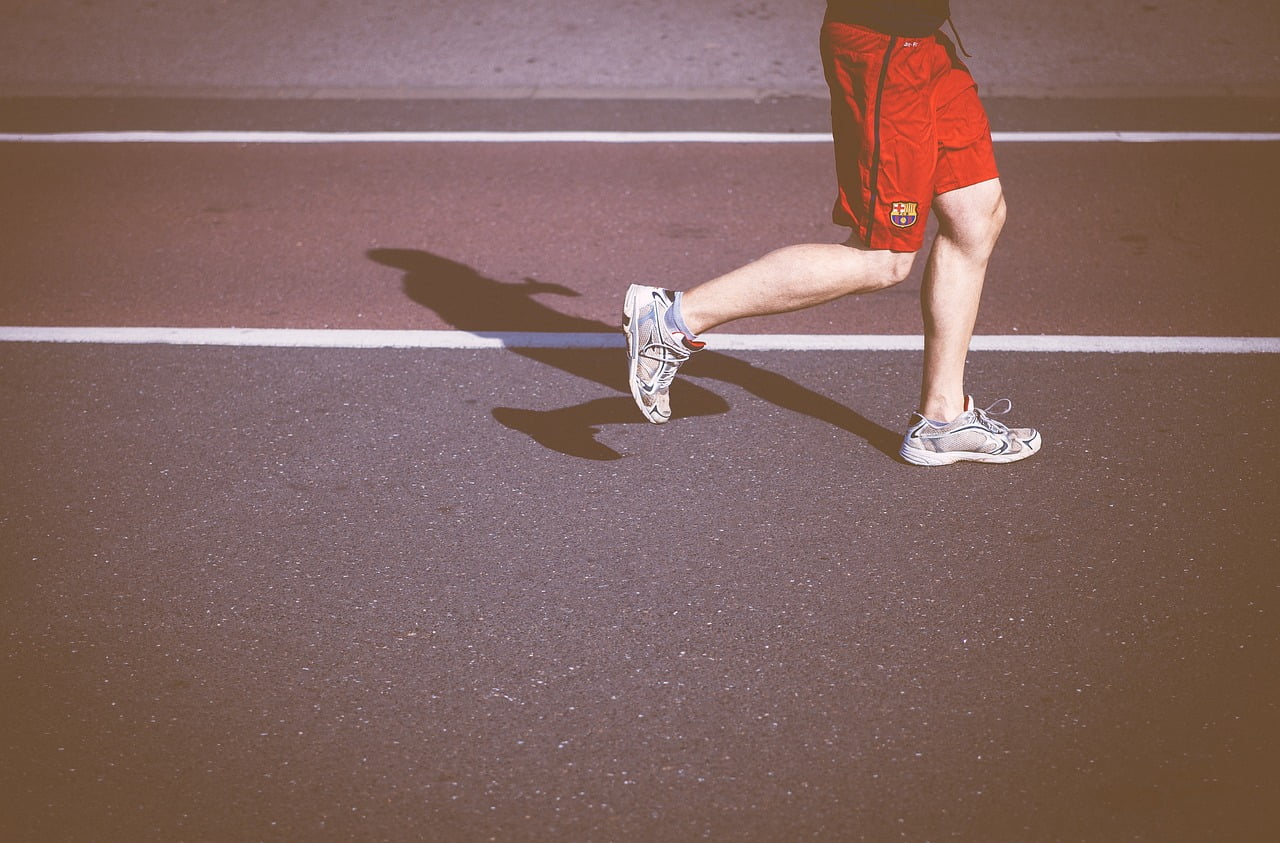For too long, the idea that you need to create the world’s most intense training program so that you can lose weight has been accepted as fact. High Intensity Interval Training, Crossfit, Insanity, Olympic Weightlifting, etc. If Social media is to be believed, these are the only ways to lose weight. Now this article is not designed to put you off any of these activities, but … you know that you don’t HAVE to do them to lose weight, right? Instead I’m trying to help you what can you do by walking for weight loss.
There are many ways to lose weight, firstly you need to pay attention to your diet. Get yourself into a calorie deficit (where you consume less calories than you burn per day). This will force your body to utilize stored energy (body fat) to create energy balance. You should also consider increasing your protein intake, which can raise your metabolism, and preserve muscle while you are in a deficit.
But the number one way to burn fat? Increase your activity levels. This does not need to be through intense exercise. Not everyone is even capable of performing intense exercise! For most people, particularly the very overweight, elderly, or unfit, the idea of walking into a weights room and learning how to deadlift is crazy!
Solution: Walking For Weight Loss
Non Exercise Activity Thermogenesis (NEAT) is a measurement of all the calories that you burn while performing activities that don’t count as exercise. For example, if you were to spend 2 hours tidying your home you would probably burn quite a few calories – but you wouldn’t count it as exercise. NEAT can refer to non-exercises that are very intense (carrying heavy boxes up several flights of stairs) and actions that are almost sedentary (fidgeting while waiting at a bus stop).

Studies have shown that people who have higher NEAT levels tend to be thinner. The reason is that the extra calories burned per day, alter the energy balance. If you have ever had a friend who seems like they can eat anything they want but never gain weight, then they probably have a high NEAT. The problem is that it is difficult to increase NEAT. Most of the activities that contribute to it are either subconscious (fidgeting, standing rather than sitting, etc), or they are unrepeatable.
Luckily there is a solution, which is to walk more. Walking is a form of NEAT, and when walking for weight loss, it is quite easy to increase your step count. Purchase an app, buy yourself some really comfortable running shoes, put an audiobook or amazing playlist on your phone, and get out the house. Walk rather than drive to work (if possible), take the stairs rather than the elevator, park further away from the store, offer to walk your neighbour’s dog once per week.
A 2006 study found that overweight adults who managed to walk 10,000 steps per day for a 36 week period not only lost weight, but kept that weight off indefinitely [1]. This is actually really impressive, any training and diet program can help you to lose weight … initially. But only a small percentage can help you to keep that weight off for the months and years after.
To be effective long term, the exercise program needs to be at least a little enjoyable, the task must be simple, realistic, and achievable. Do any of these aims apply to Crossfit for a 60 year old man who hasn’t exercised since high school? No! But what about taking a long walk in the park each evening? Exactly.
Walking For Weight Loss: How To Increase Your Step Count
Here is a quick list of ways to increase your step count, and therefore lose weight:
- Buy a decent pair of shoes – You’ll be walking a lot, so your feet should be as comfortable as possible.
- Download a step counting app onto your phone – this will help motivate you, and give you an accurate idea of your progress.
- Aim to hit a certain number of steps per week, rather than per day. You can then make up the numbers on the weekends if needs be.
- Compete with your friends – Most step counting apps (or fitbits) allow you to create leagues and compete against other step counters.
- Find some entertainment – Podcasts, Audiobooks, music playlists, pokemon go, whatever you want to entertain yourself with. Make walking something that you look forward to.
- Discover your local area – Attempt different routes to work, school, the shops, the bar. Find areas of natural beauty, or of cultural significance, and plan walks to/around them.

These are just a few suggestions, but whatever you do give it a go. The benefits to your mental health, your waistline, and your fitness will make it well worth it.
References
[1] Patrick L. Schneider, David R. Bassett Jr, Dixie L. Thompson, Nicolaas P. Pronk, and Kenneth M. Bielak (2006) Effects of a 10,000 Steps per Day Goal in Overweight Adults. American Journal of Health Promotion: November/December 2006, Vol. 21, No. 2, pp. 85-89.






